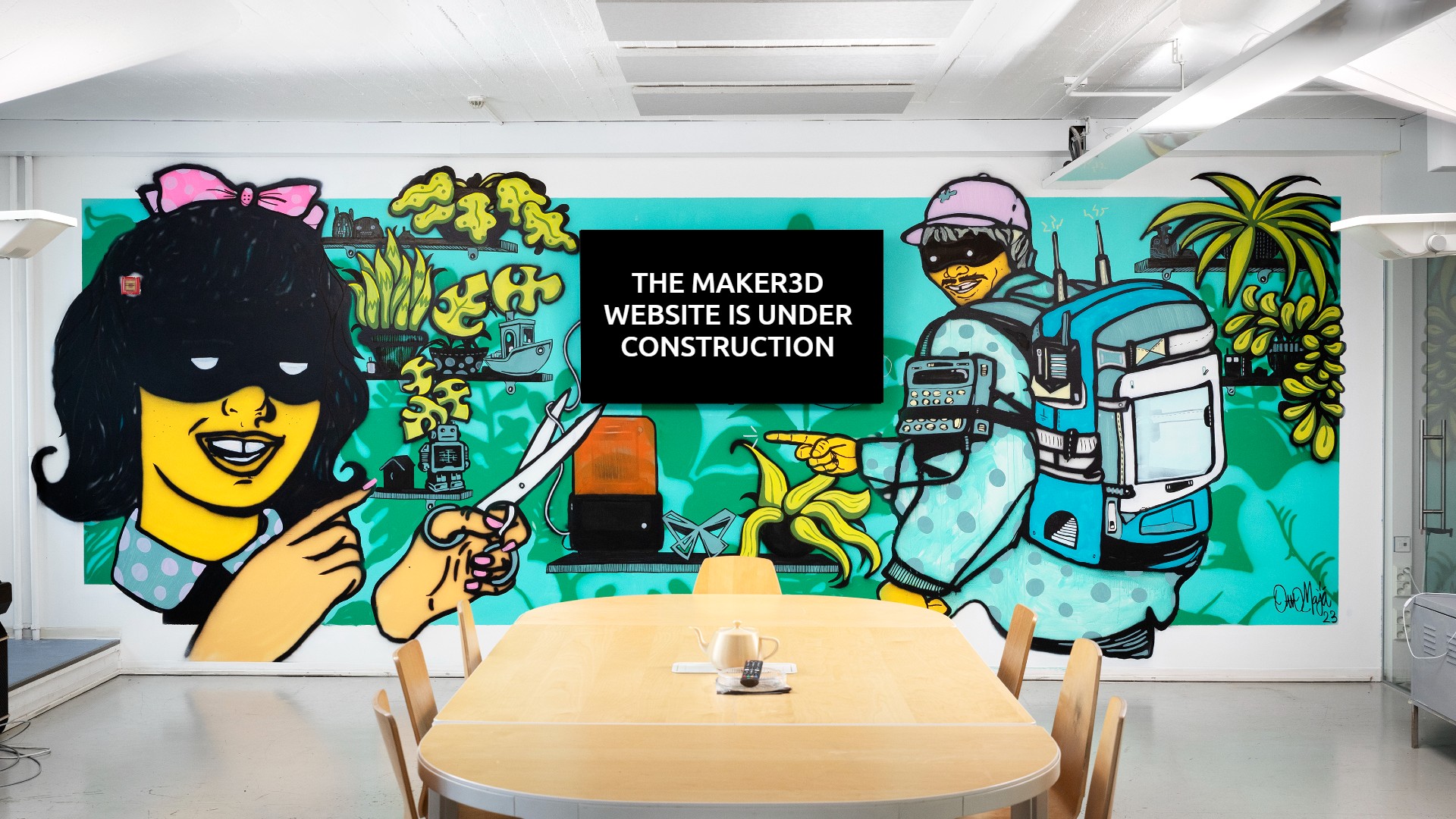The Maker3D website is under construction
Our English site is currently undergoing maintenance and will be relaunched on 01.04.2025.
During this time, we appreciate your patience and are here to assist you with any inquiries:
Orders and Sales Inquiries: Please email us at myynti@maker3d.fi
Technical Support: Contact us at tuki@maker3d.fi
Billing Questions: Reach out to us at laskutus@maker3d.fi
Visit Our Online Store: www.3d-tulostus.fi
Finnish Site: www.maker3d.fi
Call Us: +358 10 2355 140
We apologize for any inconvenience and look forward to serving you with an improved experience soon.
Best Regards,
Jarkko Lohilahti
CEO, Founder – Maker3D


